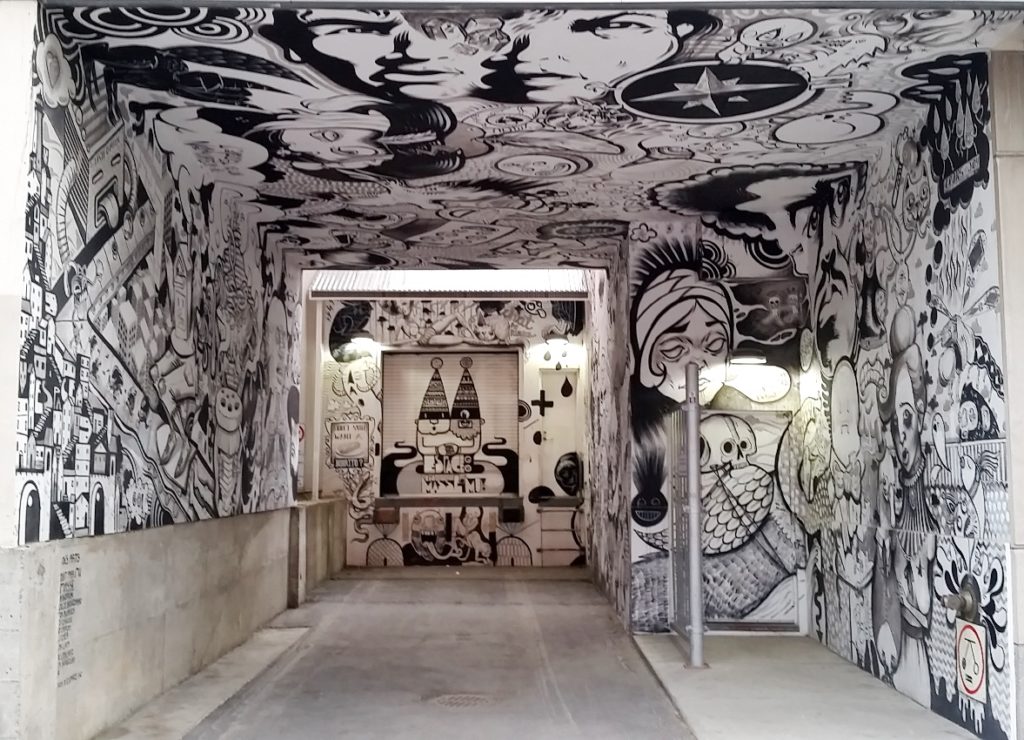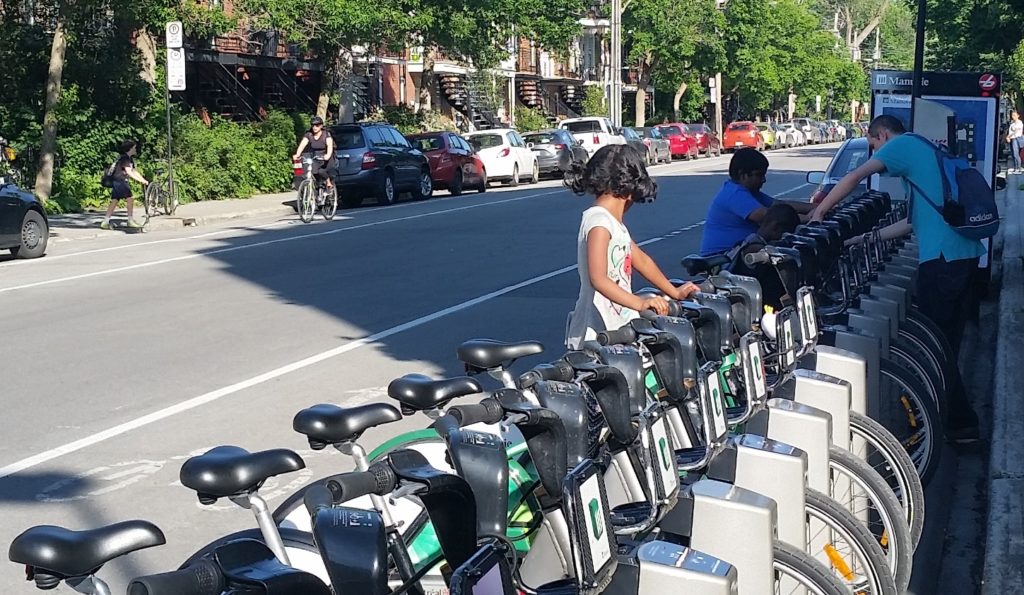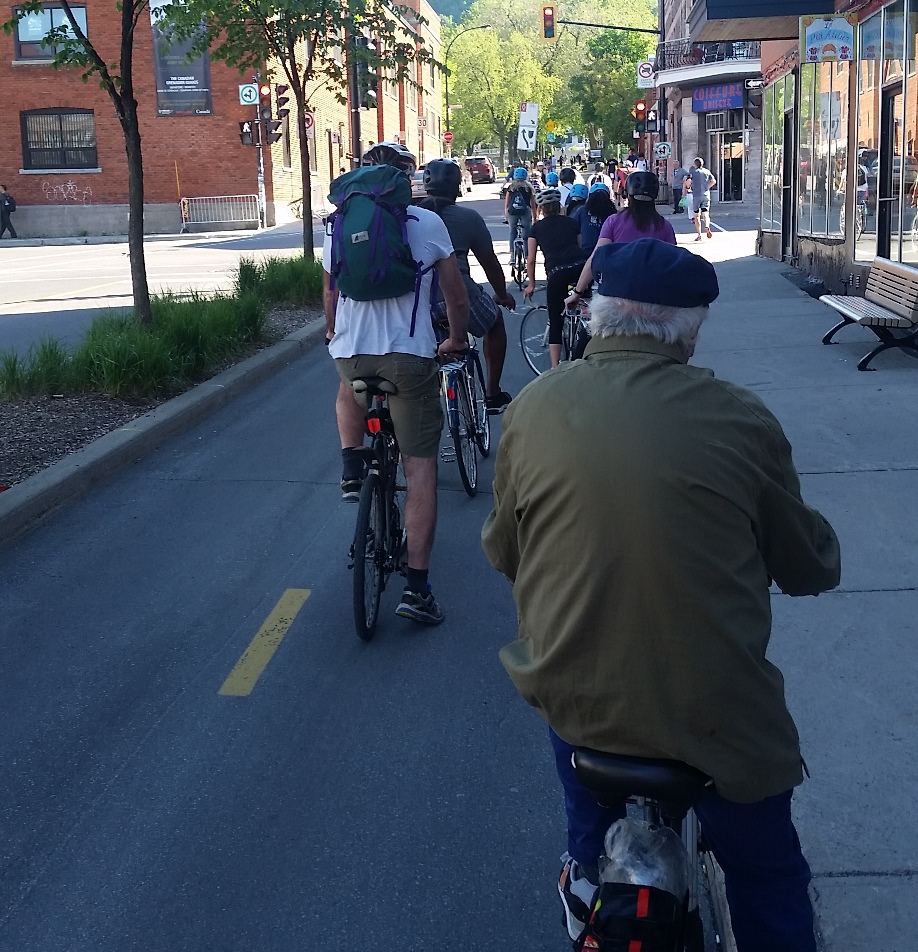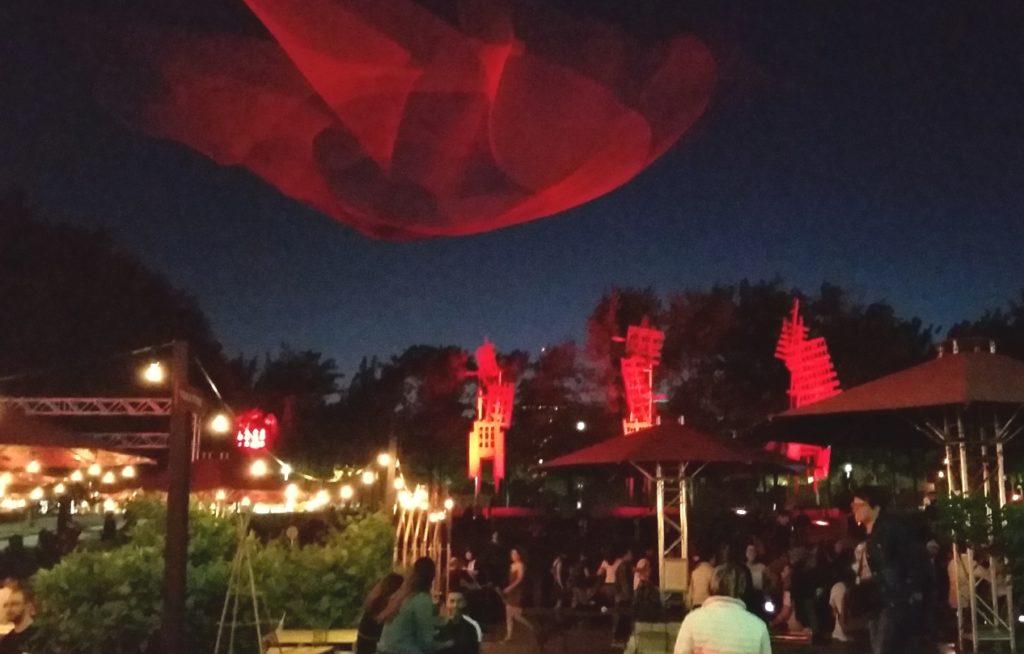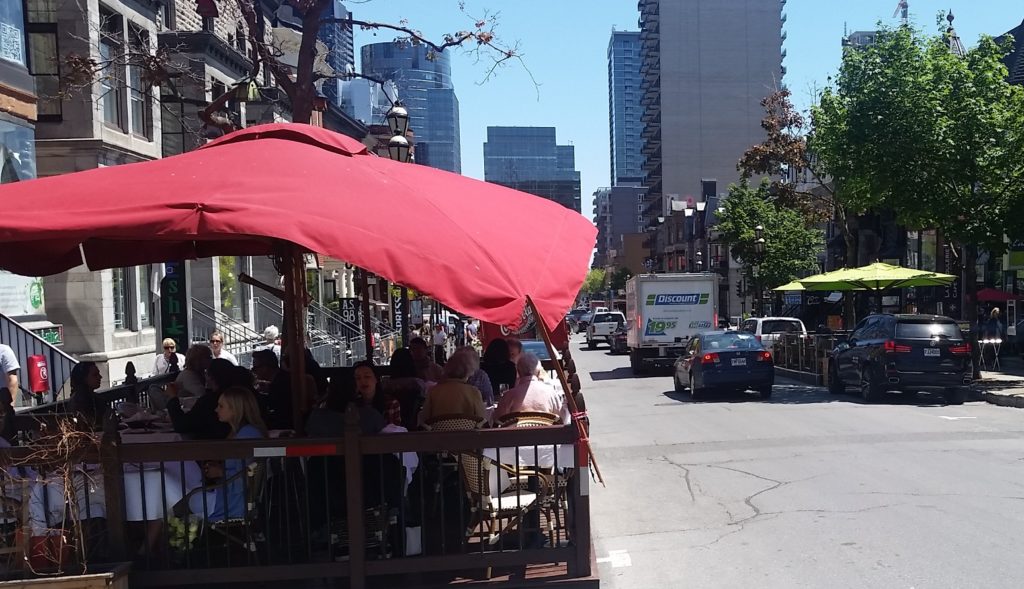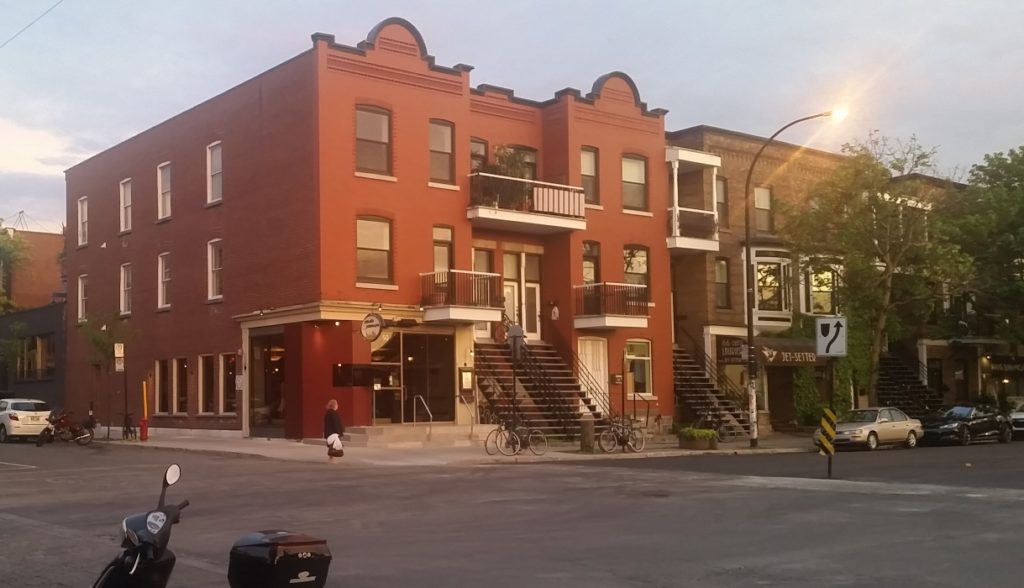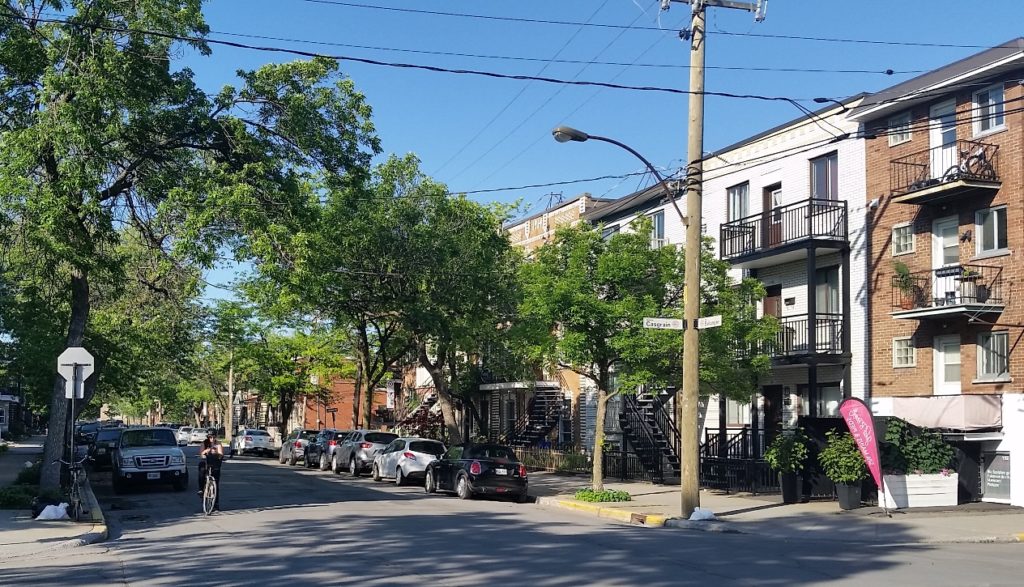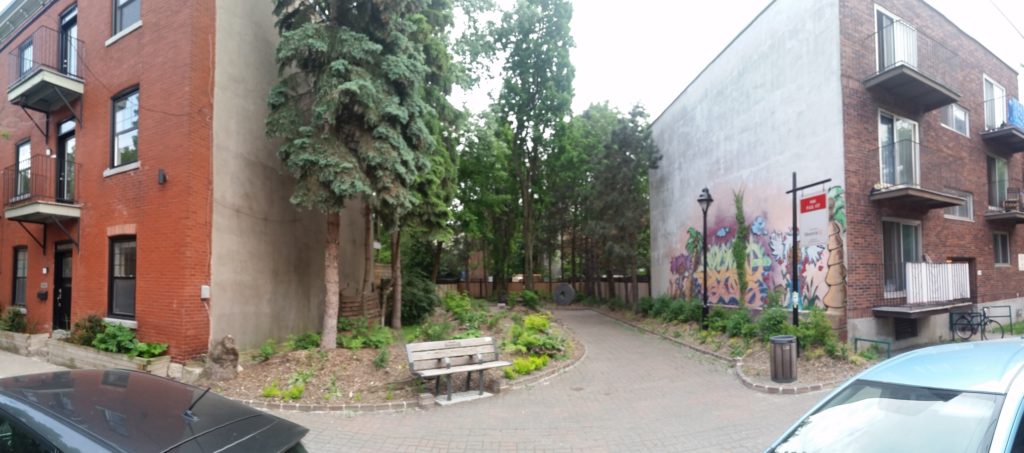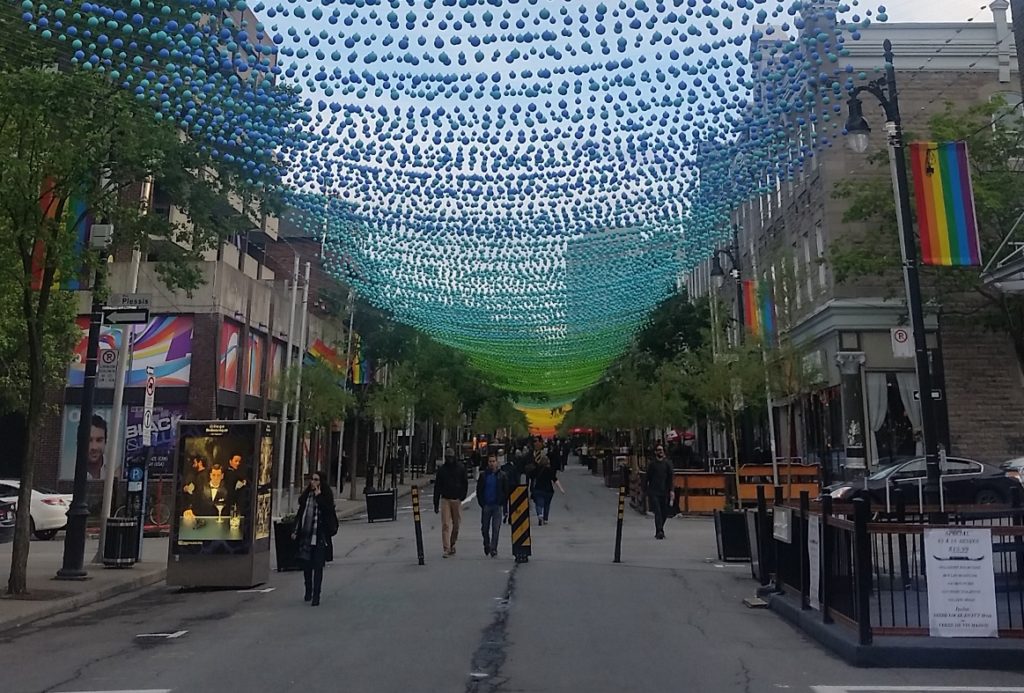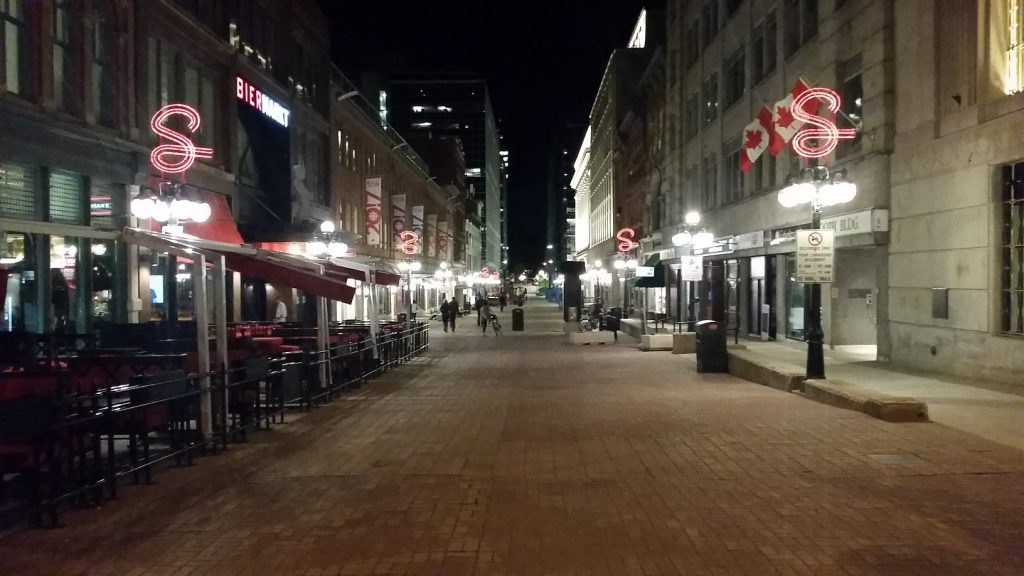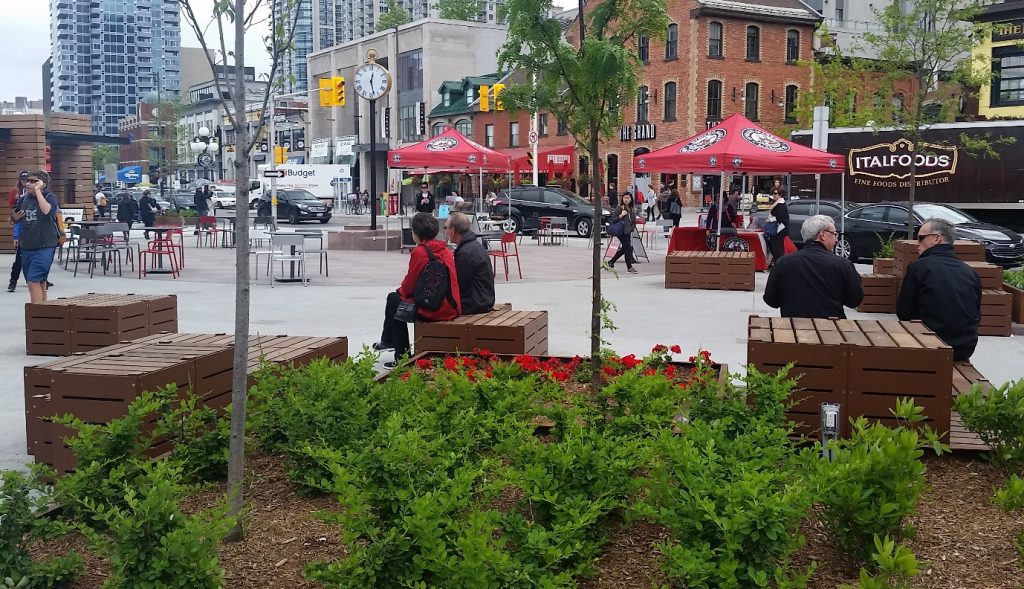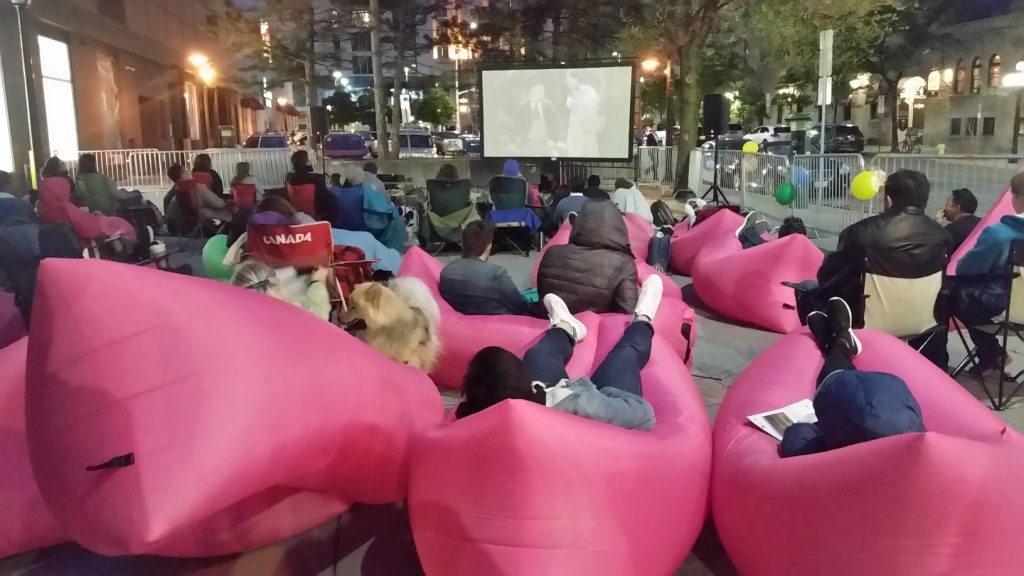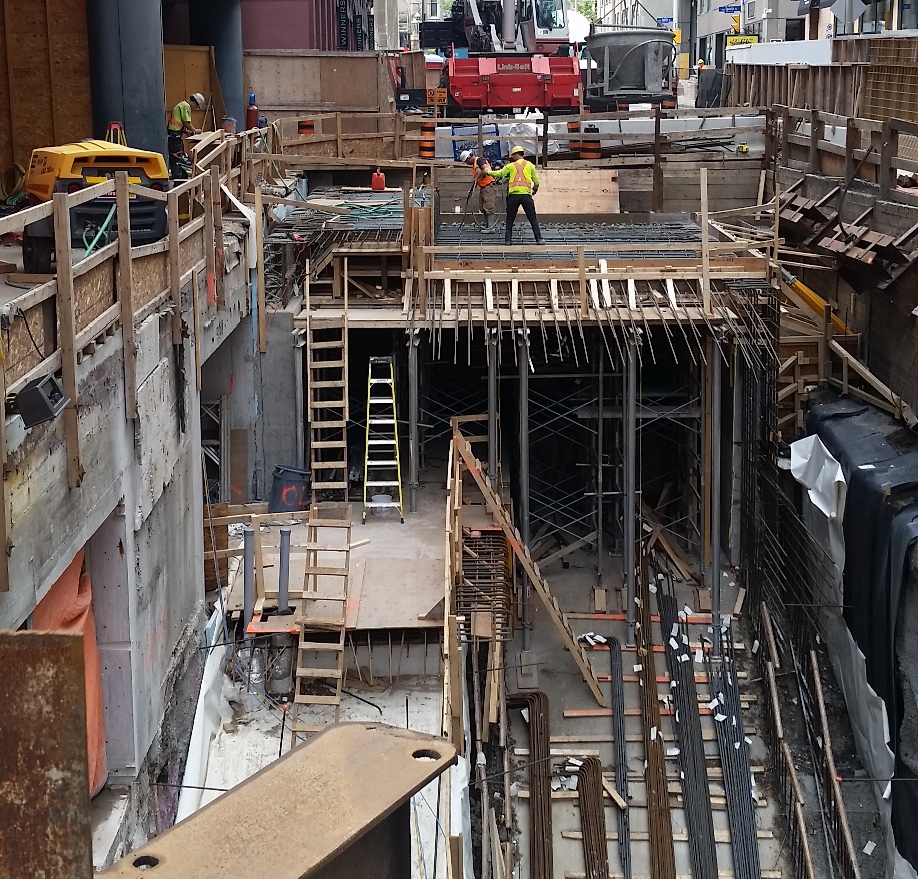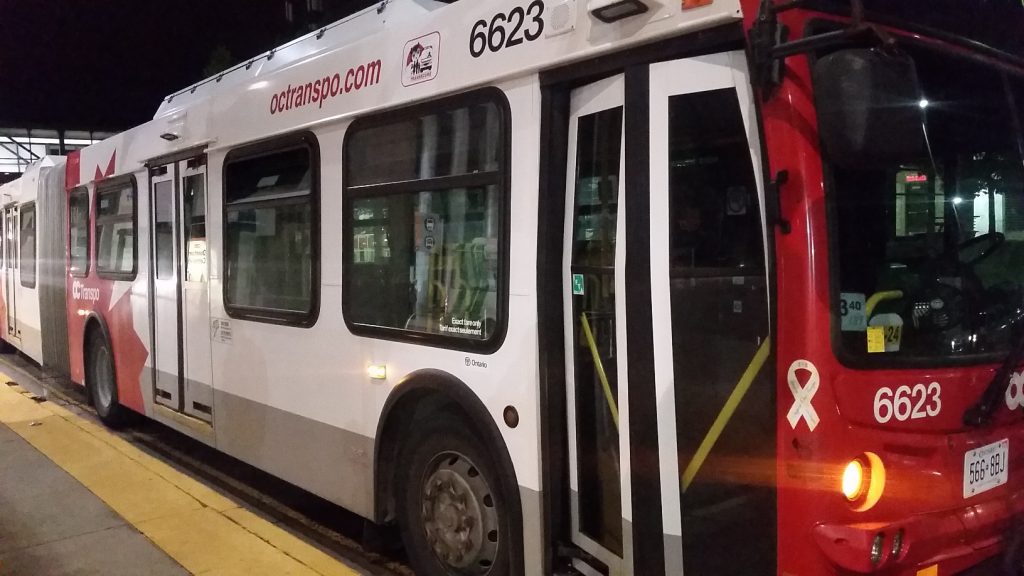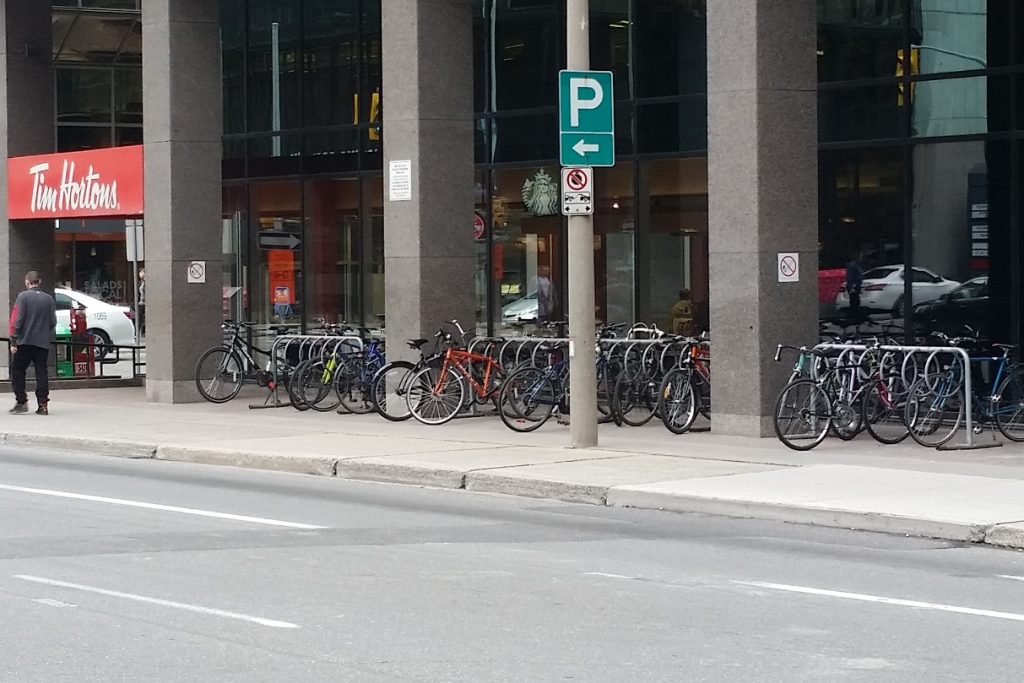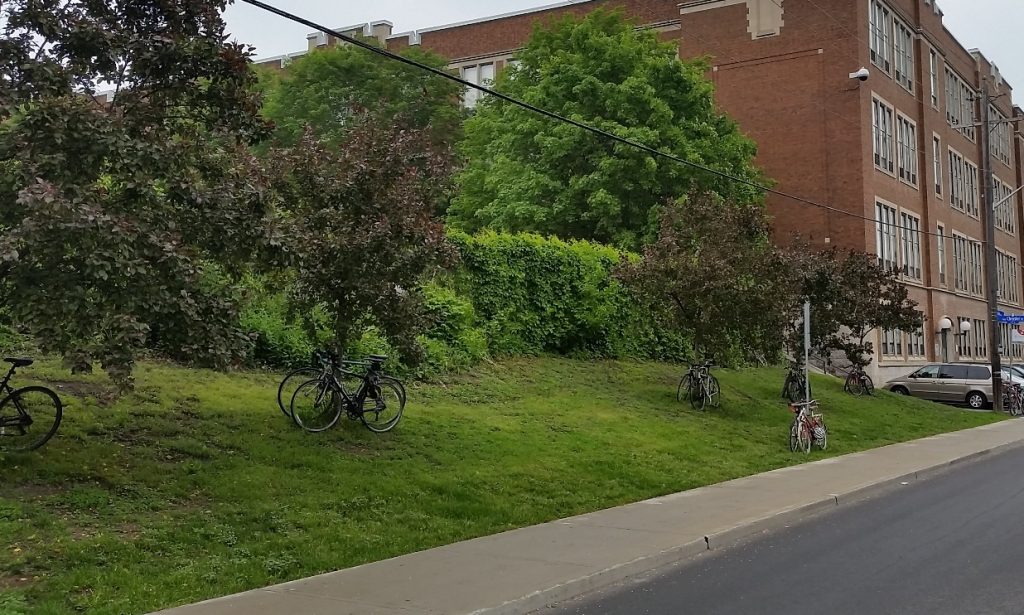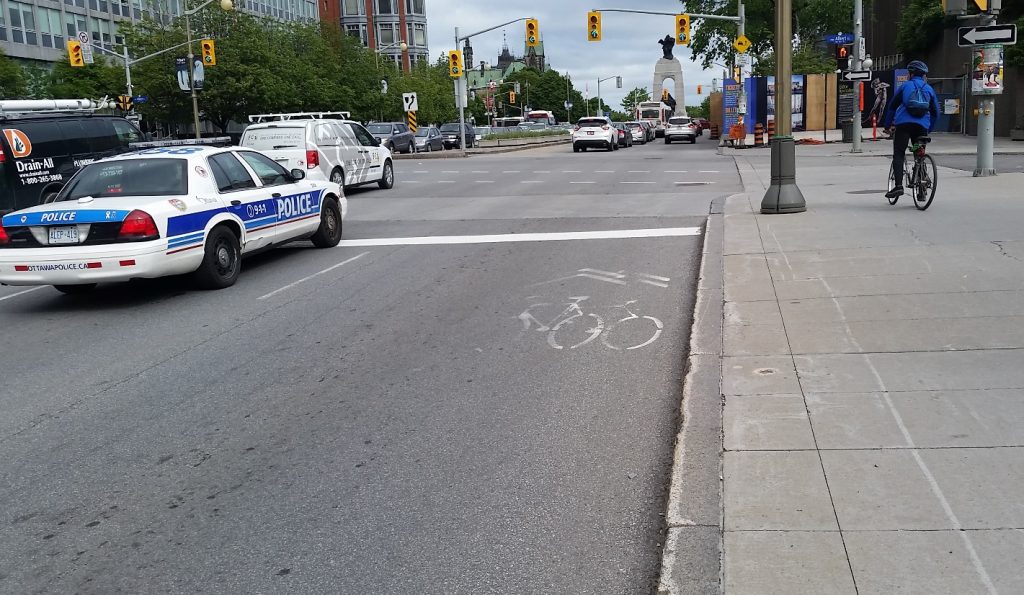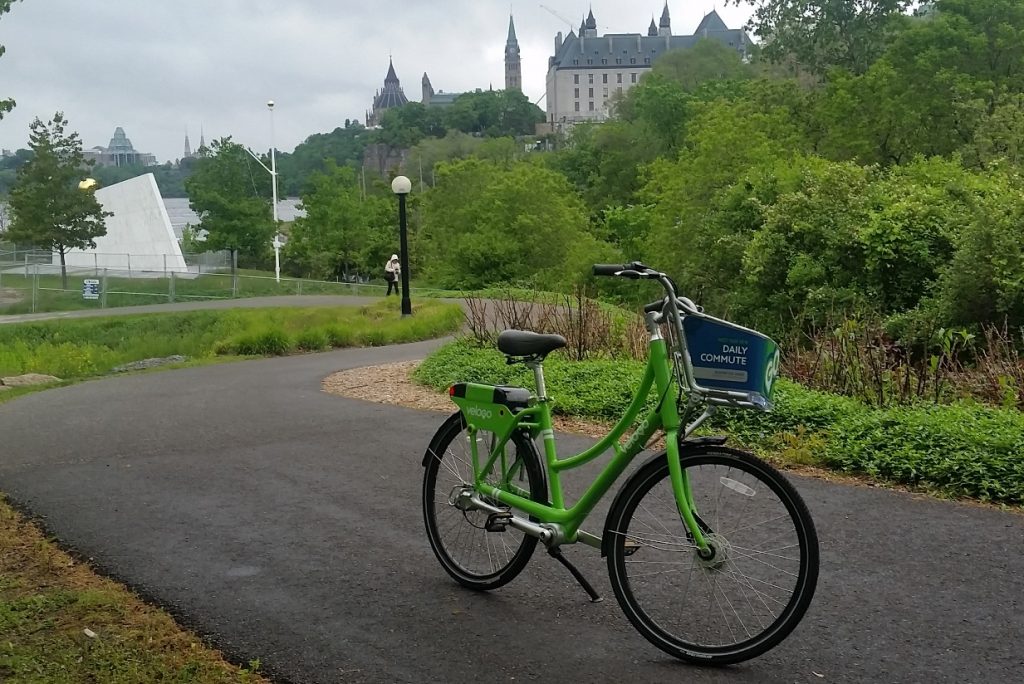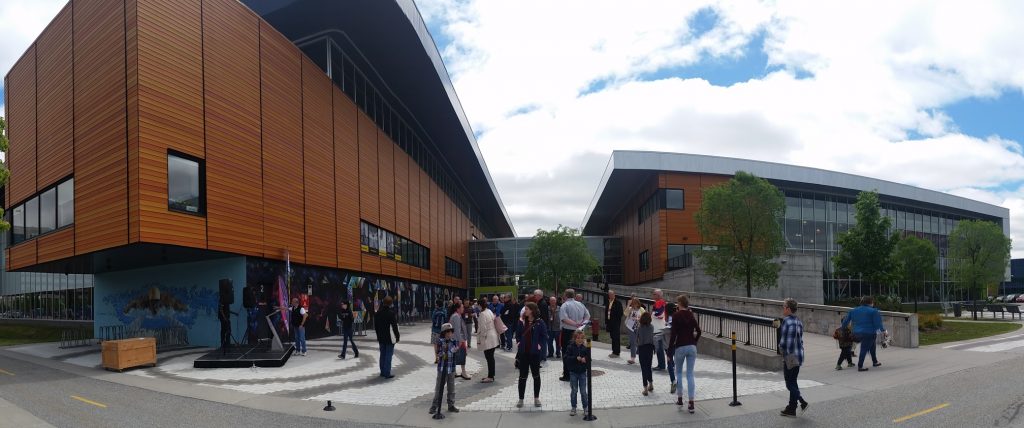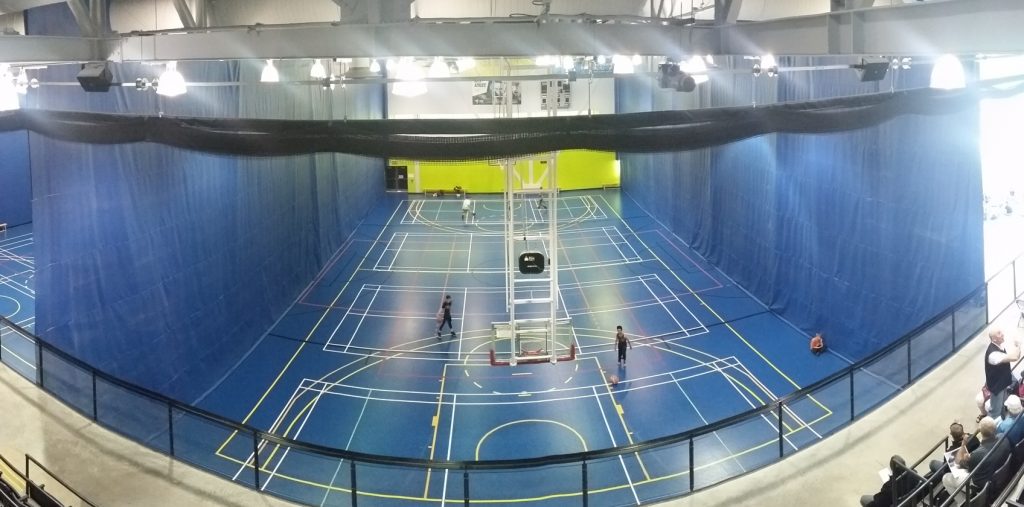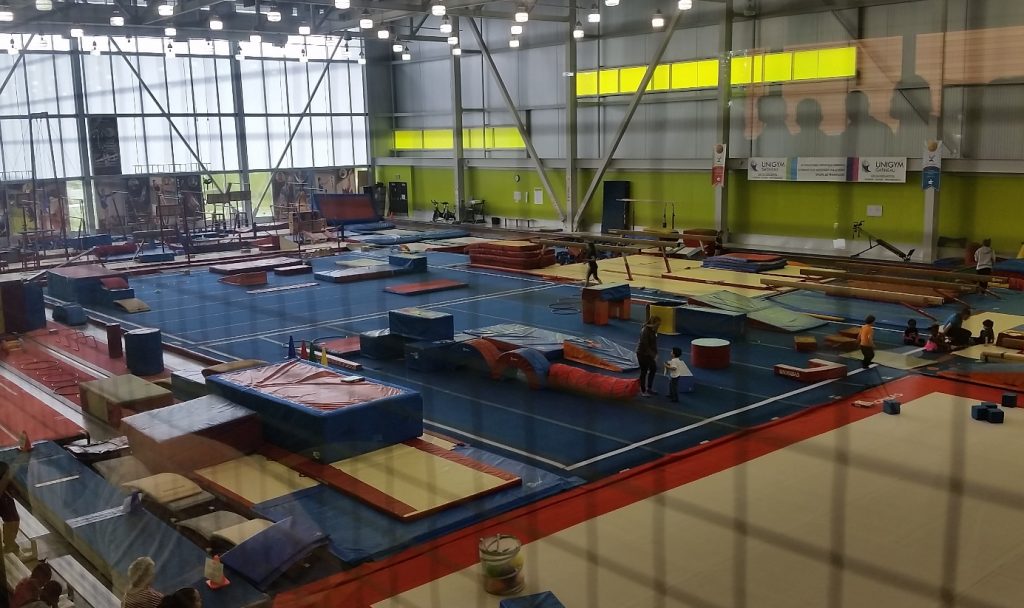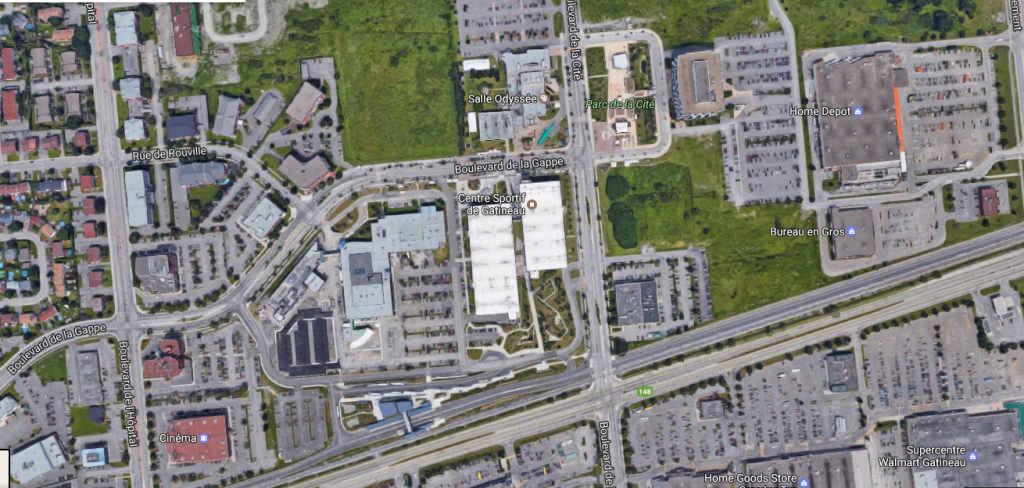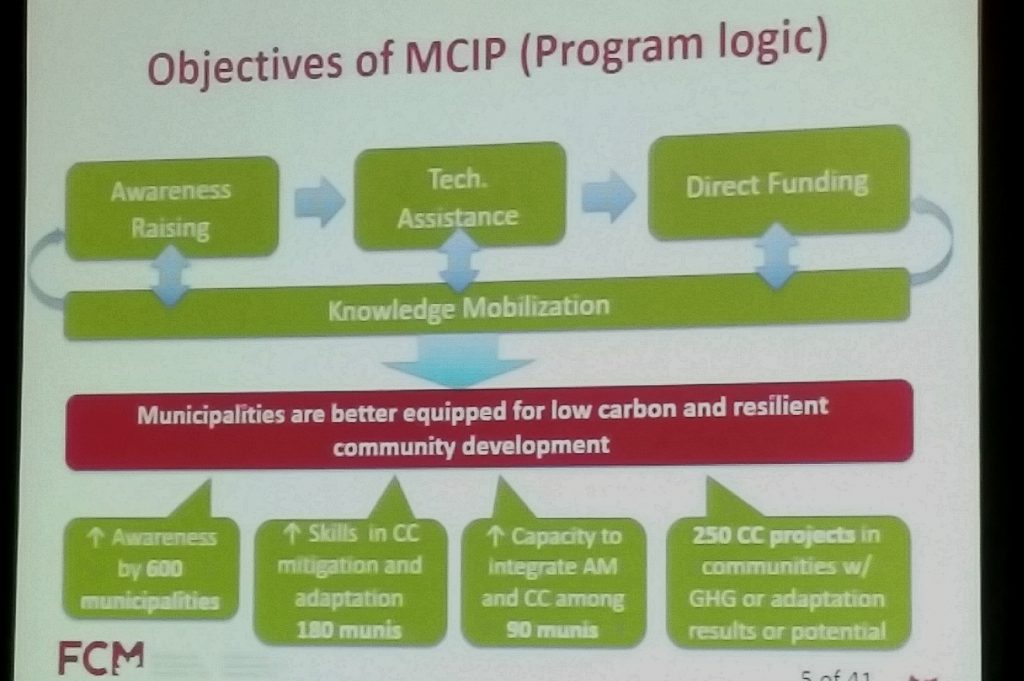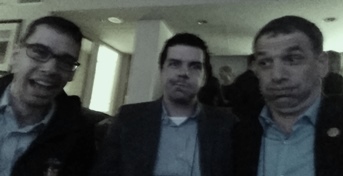We had a discussion at Council this week on the next steps for Truth and Reconciliation. As I noted in my Council Report, I didn’t support the staff recommendation to launch a Task Force to bring partners together and talk about an implementation strategy. I suggested that we may be headed down the wrong path, and need a bit of a gut check here on how we will engage this process.
First off, I want to make it clear I am not critical of the work staff have done so far, nor do I want this early course-correction to make it look like we are slowing the process or any less committed to it. Quite the opposite, I take to heart requests I have heard from members of our community that we go into this process with intention, and do it right. And that takes some explanation.
Every time we discuss reconciliation, I feel the need to put a big caveat before all of my comments: I am not a person who lived an indigenous experience. I recognize I have a whole bunch to learn about what that experience is, about what reconciliation means to people who have suffered under the residential school system and other forms of cultural repression that fill our history as Canadians.
Yet here we are, and with the best of intentions, I am another settler being asked to provide leadership over a process that is, fundamentally, not about my voice or my community.
Like many of my council colleagues, I attended an event a Douglas College last week where the intersections between local governments and the Truth and Reconciliation process were the topic. Again I left feeling that there is so much I don’t know, that I feel challenged in understanding where we even start. It was actually in discussions with participants after the event that some questions were framed for me in a way that got me to think about our path forward in New Westminster.
First off, we have a staff working group, charged with determining how our City’s internal processes and larger policies may need to change in order to fulfill our community’s commitment to the Truth and Reconciliation Commission Calls to Action. I think that is an important step, and within the structure of a local government, we need to do this. I have faith in our staff’s ability to interface our internal structures and regulatory frameworks with whatever comes out of the reconciliation conversation.
However, the proposed next step, forming a Task Force of internal and external people, first had me asking who would serve on such a task force, and what role does Council have on it. How would we decide on representation? Wait – why am *I* deciding on representation? Ultimately, this led to questioning if a Task Force is really the structure we want to use to answer questions – or even to raise questions.
One thing that has been bothering me since this Council opened the discussion about reconciliation is that every news story, every debate eventually ends up at talking about a statue. It seems that some think we need to deal with the statue, or take a few similar simple (but arguably very symbolic) actions like changing road signs, then the City can say we have done something and move on to worrying about roads and sewers and parks. And of course, the topic of the names of places becomes a rallying point for supporters and opponents of… well I guess what they support or oppose is pretty loosely defined, but “us” and “them” is at the heart of all of those arguments. It’s “their” statue, it’s “our” name, why do “they” not respect our position?
When I was discussing this the other day with a really wise friend, she asked me (and I paraphrase) what is reconciliation before we have truth? We need to first open up respectful discussion, and explore the truth of this community. Not about statues or place names, but about our experiences. To do that, we need to create spaces and opportunities for people to speak their truth. And those conversations may be very difficult.
As I was quoted (and again, I was paraphrasing someone smarter than me), a Task Force that meets once a month in an office and operates by Roberts Rules of Order in relation to a Term of Reference is about as colonial a structure as anyone can imagine. It is actually designed to avoid and get past difficult conversations in the interest of getting business done. The Witness Blanket visiting our community and the resultant conversations that happened at the Anvil and at kitchen tables around that installation, were a beginning to the conversation, but I don’t think the conversation is over. The bigger issue is – I don’t know how to write the continuation of that conversation into a Terms of Reference.
I don’t want to constrain those conversations with the wrong structure. We need know from the indigenous community what space they need to share their truth, and we need to allow settlers here in New Westminster, whether they arrived yesterday or are fourth generation, to equally share their truth. To be offended. To self-reflect. To learn.
We may end up putting together a Task Force at some point to make recommendations to Council, but we are not there yet. To get there, we need to get some people experienced in leading these conversations, preferably someone who has viewed this challenge through a lived indigenous experience, and ask them how best to connect with indigenous communities and the voices we often fail to hear. We need guidance on creating the space for that conversation. It may be here in New West, it may be somewhere else. It may be around a table, it may be around a fire. What is important is that we not ask our partners to fit into our space, or into our structure, The point is, I DON’T KNOW, and I argue few in the City do know.
So I moved that the Staff Working Group on Reconciliation seek an external consulting organization experienced in working on reconciliation dialogues to develop a communication and relationship-building process that all parties are welcomed to share their experience and their vision for reconciliation.
We are starting a journey here, and there is almost guaranteed to be bumpy points along the path, but we believe in the destination, and need to travel together.
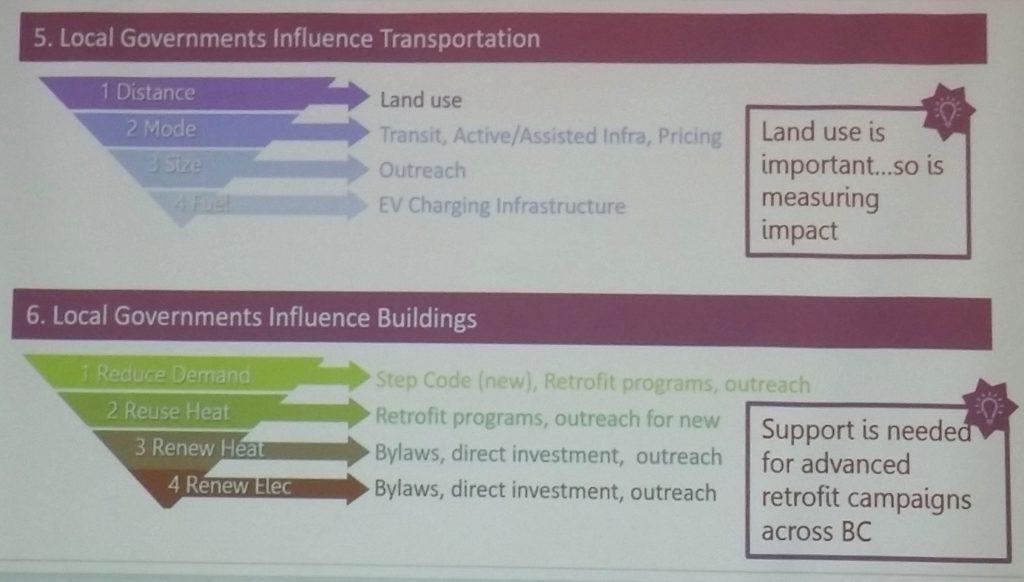

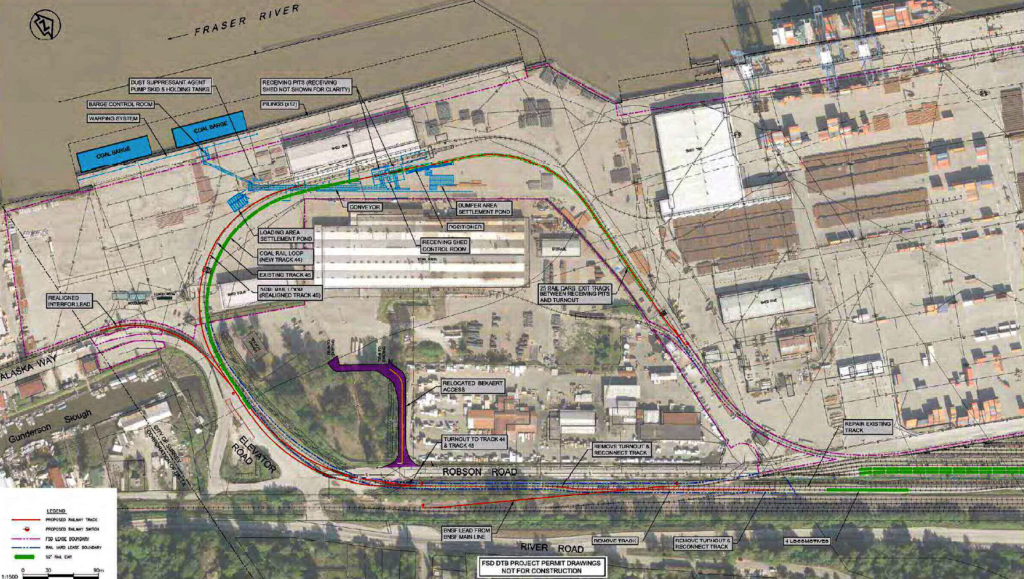

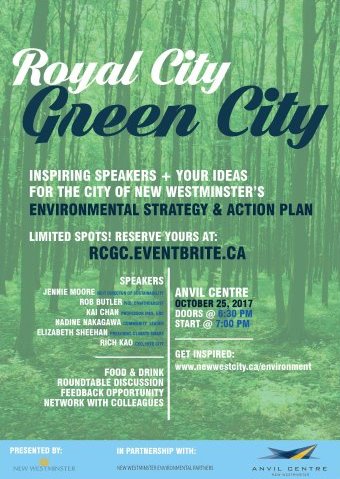
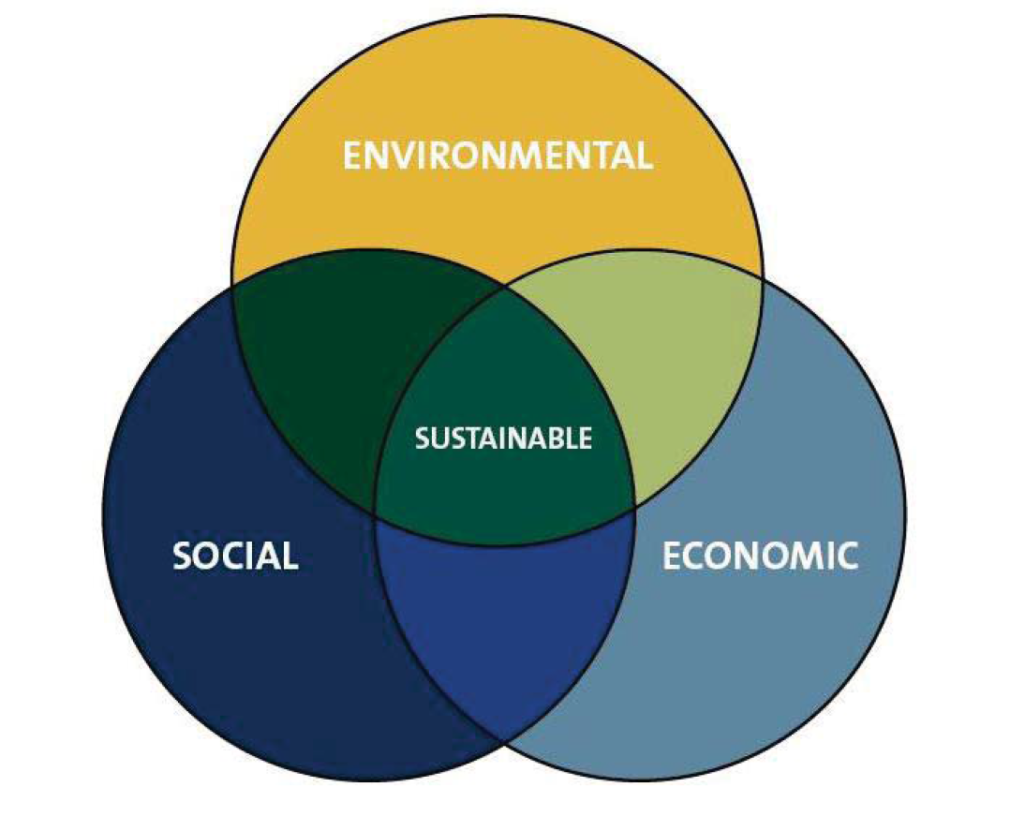
 Actions, technologies, and organizations impact our economy, which in turn shape our society, which in turn impact the greater natural environment. When we shape policies, when we evaluate the worth of technology or price individual actions, we are using economic tools to adjust the shape of our society. If that re-shaping supports the protection of the natural environment in a way that doesn’t constrain future societies from access to natural resources, then we can call those actions “sustainable”.
Actions, technologies, and organizations impact our economy, which in turn shape our society, which in turn impact the greater natural environment. When we shape policies, when we evaluate the worth of technology or price individual actions, we are using economic tools to adjust the shape of our society. If that re-shaping supports the protection of the natural environment in a way that doesn’t constrain future societies from access to natural resources, then we can call those actions “sustainable”.